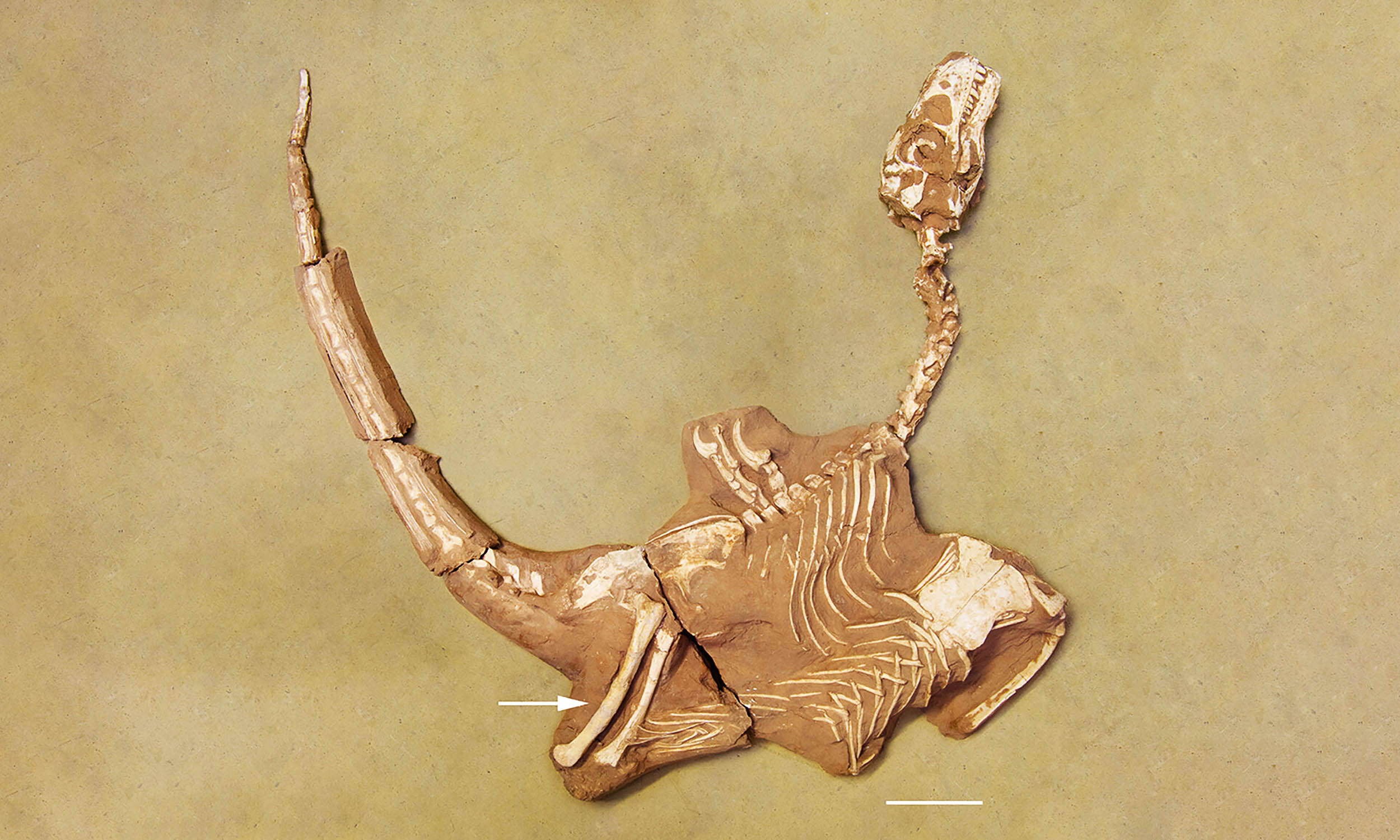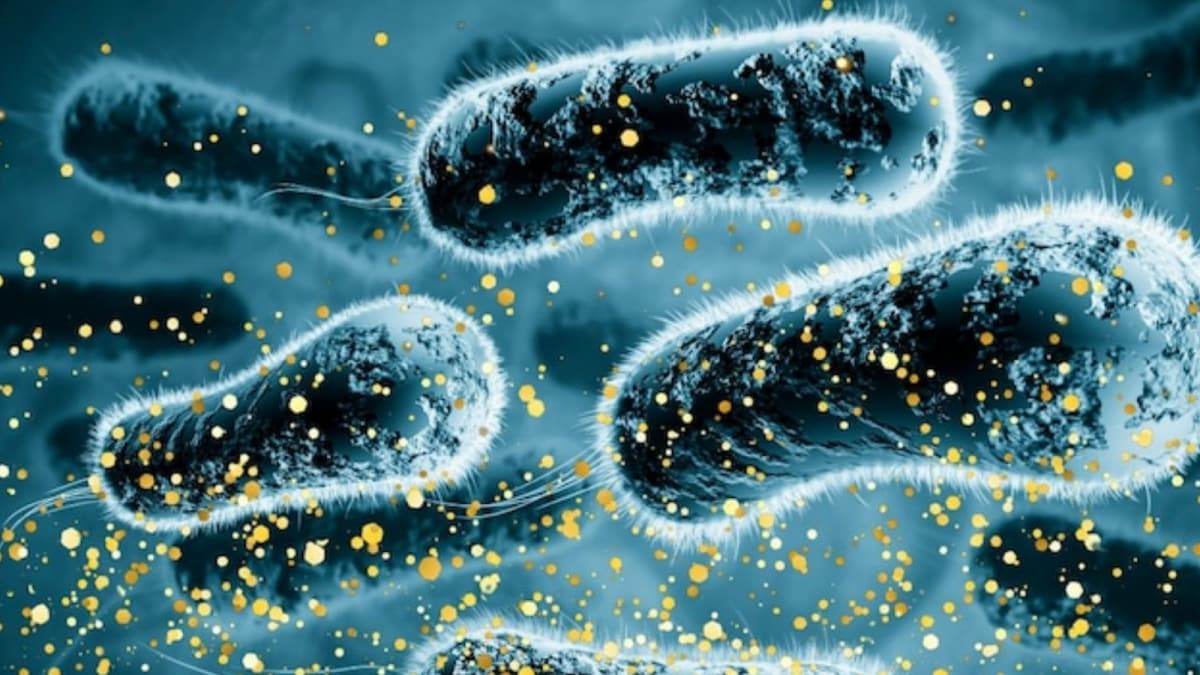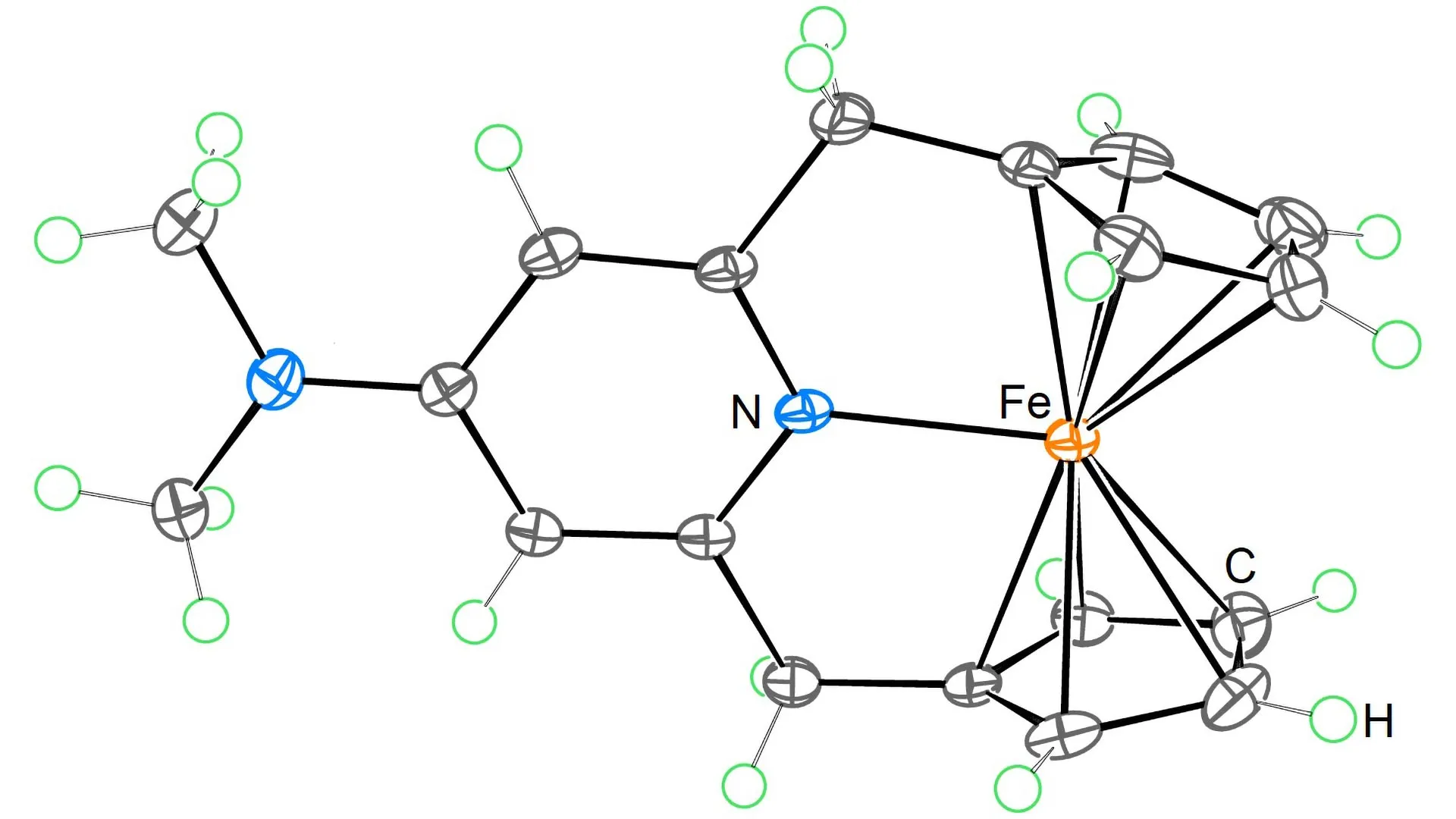Is Your Body a Quantum Computer? Shocking Discovery about Tryptophan!

What if I told you that the very structures inside your cells, rich in a simple amino acid called tryptophan, might not just be protecting you from damage but could actually be processing information at lightning-fast quantum speeds? Yes, you heard that right!
Recent groundbreaking research has unveiled that the molecules of tryptophan, when clustered together in protein structures, exhibit a behavior known as superradiance. This phenomenon, characterized by their collective light-emitting abilities, could redefine our understanding of life and how information is processed within our bodies. Imagine these tiny structures functioning like quantum computers, efficiently transmitting information faster than we ever thought possible.
When tryptophan absorbs ultraviolet light, it glows gently, a phenomenon we recognize as fluorescence. But the magic happens when these molecules gather in organized clusters, illuminating with a brilliance and speed that defies expectations. The work led by Philip Kurian at Howard University’s Quantum Biology Laboratory suggests these proteins aren’t merely protective agents in our cells; they could be integral to how our biological systems compute and communicate.
Traditionally, quantum behaviors were believed to exist only within cold, isolated conditions — think outer space or highly controlled laboratory settings. In our bodies, where warmth and chaotic motion reign, quantum effects were thought impossible. Yet, Kurian's team found evidence that these quantum behaviors not only survive but may be essential to life itself.
Their study shows that tryptophan molecules, when densely packed in structures like microtubules and bundles of neurons, can behave like optical devices that manipulate light energy. This groundbreaking discovery, published in Science Advances, reveals that superradiance can manifest even in warm biological tissues, linking quantum science to the intricate dance of life.
As Kurian put it, “This work connects the dots among the great pillars of twentieth-century physics—thermodynamics, relativity, and quantum mechanics—for a major paradigm shift.” It's a stunning reminder that nature may have been utilizing quantum principles long before we even began to understand them.
But let’s dig a little deeper into what makes tryptophan special. This amino acid has a unique structure that makes it exceptional at absorbing ultraviolet light and fluorescing with a strong Stokes shift, meaning the light it emits is distinctly different from what it absorbs. It’s not just a laboratory superstar; tryptophan plays vital roles in living systems, especially at the junction where water meets lipids in cell membranes.
In their investigation, Kurian’s team found that when tryptophan molecules band together, they produce a collective optical response that can be surprisingly robust, surviving even when the structures are slightly disordered. This resilience suggests that these networks might have evolved to exploit their quantum properties, effectively shielding cells from harmful ultraviolet photons generated during aerobic respiration.
In the brain, this quantum speed of communication could change the game. Traditional neuroscience tells us that neurons communicate via chemical signals that take milliseconds. However, Kurian's research indicates that these superradiant signals can transfer information in mere picoseconds—about a billion times faster. This could allow cells to transmit data at speeds that current models simply can't explain, akin to fiber optic cables transmitting information through living tissues.
Kurian boldly calculated that the information processing done by life on Earth, thanks to these quantum structures, might rival the computational capacities of all known matter in the universe. This echoes the inquiries of physicist Erwin Schrödinger, who pondered whether something deeper than chemistry governs living systems.
The implications of this discovery are vast. Experts like Professor Seth Lloyd from MIT praise the study as a reminder of the immense computational capabilities inherent in living systems compared to artificial ones. As Kurian's theories gain traction, they’re capturing the interest of scientists across various fields, including astrobiology, as they ponder the implications for life beyond Earth.
Even more fascinating, while much of the focus in neuroscience has been on neurons, Kurian and his colleagues remind us that a significant portion of life on Earth is bacterial, fungal, and single-celled. These organisms may also utilize tryptophan networks and quantum effects, hinting that quantum information processing could be a fundamental characteristic of life itself.
In a world where artificial intelligence and quantum computing are evolving rapidly, Kurian’s work challenges us to explore the quantum dimensions of life further. It's a humbling thought that we play a role in understanding such profound mysteries.

























